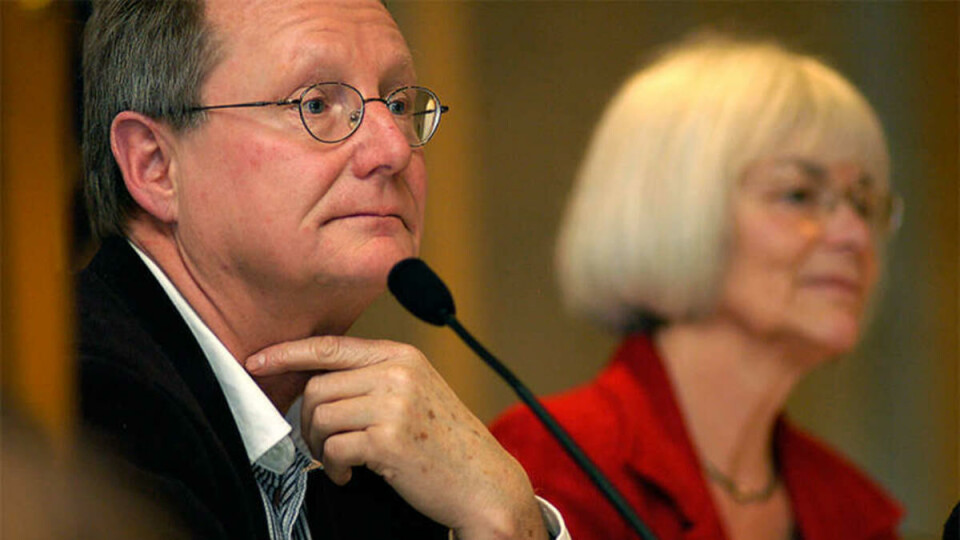
Stjernø wants to gather the forces
Less educational institutions and a re-working of the governing structure are the main proposals in the report from the Stjernø Commission, presented on Tuesday. Time will show whether or not the institutions agree to these changes voluntarily.
On Tuesday, the Government Commission for Higher Education, the so-called Stjernø Commission, presented their report on the further development in research and higher education in Norway. Among other things, the report proposed to reduce the number of universities and university colleges from today’s 38 institutions to eight or ten. The reason stated by the commission is the «lack of a national strategy in the Norwegian research and education sector».
The Stjernø Commission was appointed by the Government in May 2006, and is charged with making recommendations for the further development of Norwegian higher education in a 20-year perspective.
In addition to the merger, the commission states that the Chairmen of the new universities should be externally and politically appointed and not internally elected like they are today. The Rector will still be elected and will maintain the final responsibility or academic and administrative activity at the university, as well as assuming the responsibilities of the University Director.
Uncertain results
Nevertheless, the government is not obliged to follow through the recommendations made by the Stjernø Commission. The Minister of Research and Higher Education, Tora Aasland, will not yet comment on how realistic these proposals are, and states that she will await the situation until after the meeting at the Norwegian Association of Higher Education Institutions in May.
– I would like to hear what the institutions themselves think about the situation and the possible consequences of such a reform, she says.
Steinar Stjernø, the man who chairs the commission, has tried to disprove the rumours of a possible forced merger of the universities and university colleges in Norway. At the press conference, he stressed that the institutions themselves will be taken in on the decision making process if the merger becomes a reality.
Still, not everyone believes that the merger will be voluntarily.
– That the institutions in question will do this voluntarily is not realistic, and if it were to happen the process would take a lot more than a year like this report prepares for, says Odd Einar Dørum (V), Member of the Standing Committee on Education, Research and Church Affairs.
May be forced
Per Anders Langerød, President of the National Union of Students in Norway (NSU) agrees that the voluntary aspect is very unlikely. Prior to the presentation of the report, it was rumoured that the commission would open for a forced, geographical merger of the educational institutions, something that will result in the disappearance of the small research communities. Langerød is sure that the ongoing focus on «voluntariness» simply is a way to hush the matter up.
– This may not have anything to do with geography, but the end result is the same and the worries we’ve had over the past few days are still present, he says.
Stjernø himself does not hide the fact that the merger may not be voluntarily after all.
– There has never been an educational reform that hasn’t had an element of force to it.


































